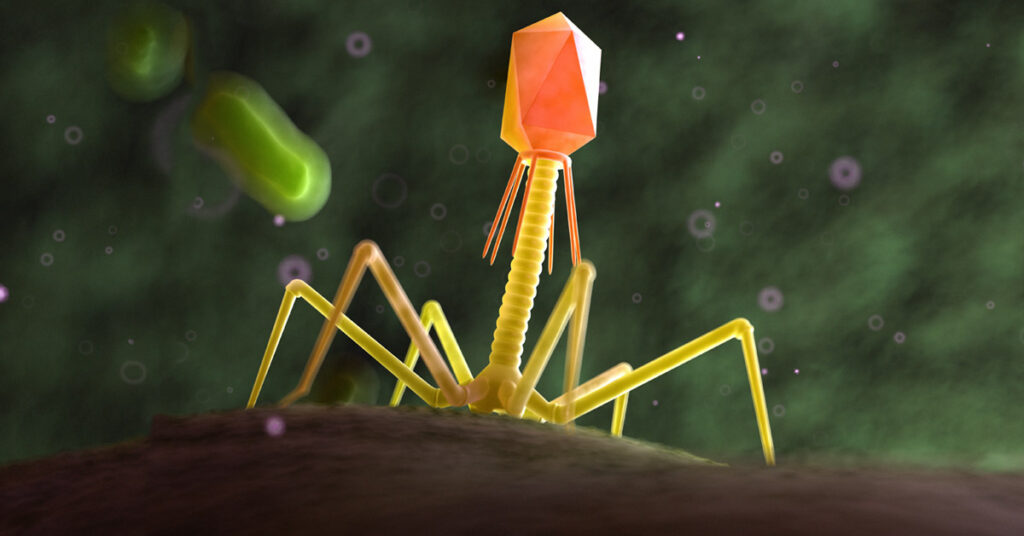Global pandemics, such as COVID-19, have taught us to abhor viruses. The emergence of new, highly infectious viruses is—rightfully so—a cause for concern. However, despite the average human body harboring 380 trillion viruses, most of them simply coexist with us and are harmless. When it comes to an ancient lineage of viruses within the realm Duplodnaviria, researchers are even using them as weapons in the battle against infectious diseases.

In 1915, Frederick William Twort, an English bacteriologist at the University of London, reported the discovery of an unusual “ultramicroscopic virus” (1). Twort was culturing vaccinia virus as part of an experiment to determine if he could prepare smallpox vaccines in vitro. These vaccines, made in calves, were typically contaminated with Staphylococcus bacteria. When Twort plated the vaccines, he found small, clear areas on the agar plates where the bacteria would not grow, and these clear areas were the source of his ultramicroscopic virus. Two years later, a French-Canadian microbiologist, Félix d’Hérelle, independently discovered a similar phenomenon when culturing Shigella bacteria from fecal samples of patients with bacillary dysentery. He called the new virus “un bactériophage obligatoire” (2). Shortly after his discovery, he found that bacteriophages (phages) could be used as powerful agents to treat a variety of bacterial infections, and the field of phage therapy was born (3).
Continue reading “Phage Therapy: Meeting the Challenge of Drug-Resistant Bacterial Infections”
